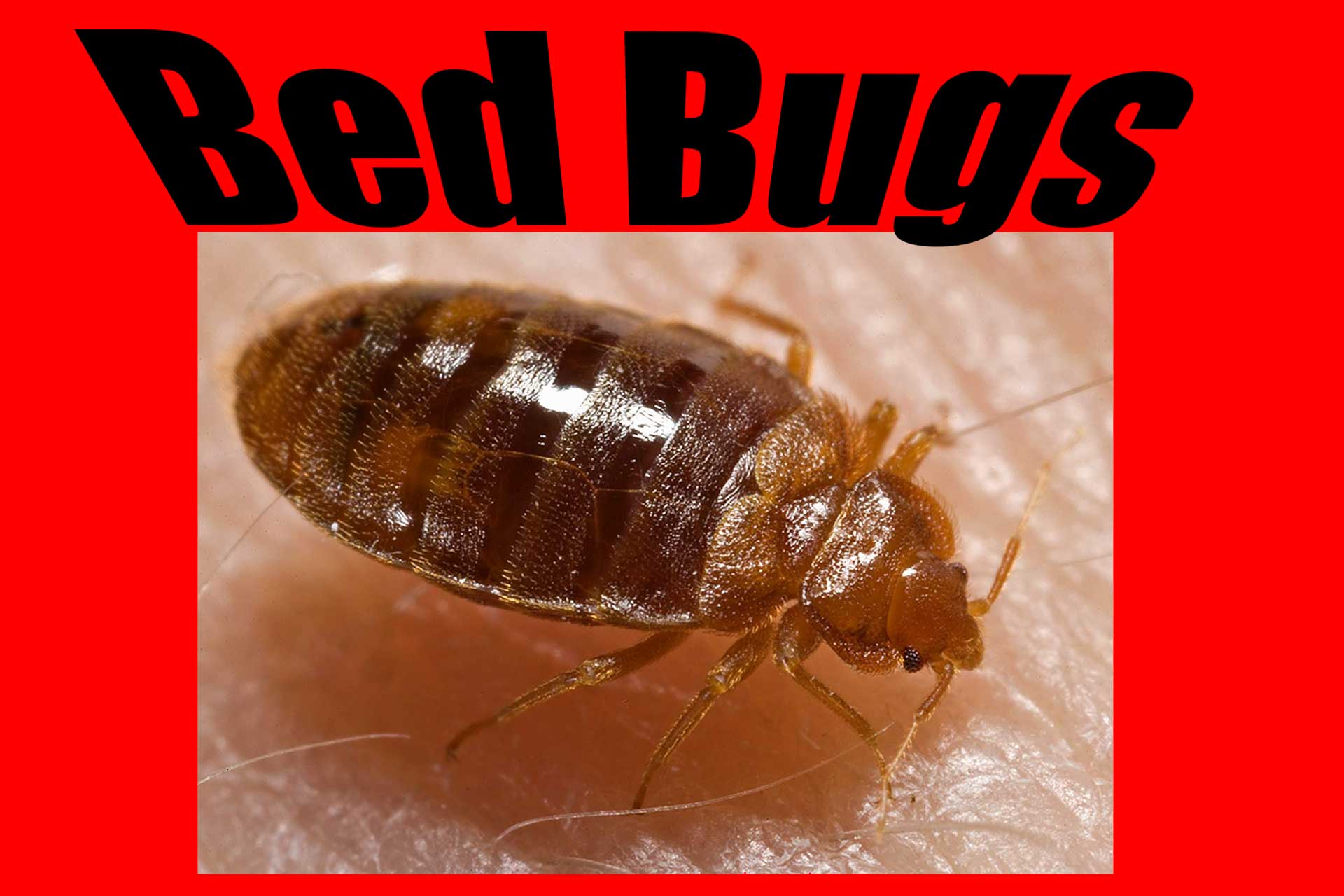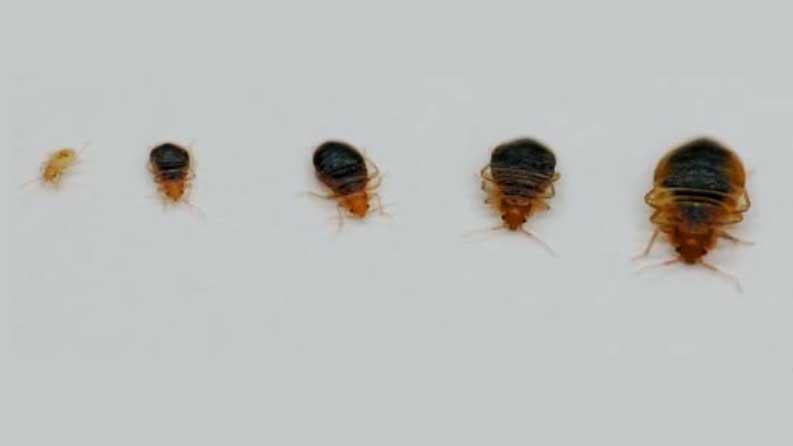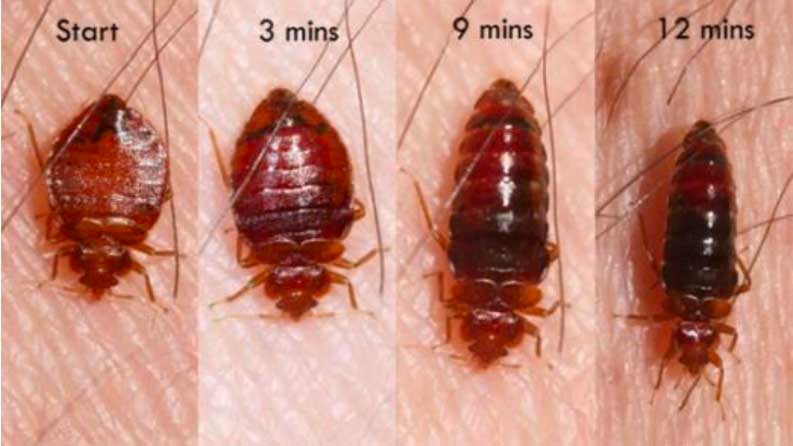26 Sep Bed Bug Pest Control

Background information
Bed bugs are tenacious pests and infestations can become very SEVEre Very quickly. They cannot fly, but instead they are transferred from site to site among belongings or clothes. For example, they may have been brought in on a second hand piece of furniture, or in clothes after visiting an infested room.
Successful control relies on a combination of good housekeeping practices by you, and strategic use of heat treatment and chemicals by US. There are a few things that you must do before and after the visit to help make the treatment work effectively.
What does the treatment involve?
Visits are usually booked 2-3 days in advance, to allow you to carry out the pre-preparation work recommended. Each visit will take around 1-2 hours, although this depends on the number of bedrooms in the property. Treatments consist of at least 2 visits spaced approximately 2 weeks apart. Generally, 2 technicians will attend to treat your property.
- The technicians will undertake a thorough inspection of your property to try to find the source and determine the severity of the problem to ensure our treatment is as effective as possible.
- The technicians will use the heat appliance to apply dry superheated steam to all areas including mattress, bed frame, furniture, books, pictures etc. The steam kills all stages of bed bug, including the eggs.
- The technicians will then carry out an insecticidal spray of the bed frame, floor and other necessary items. the spray chemical contains an insecticide and an insect growth regulator and will focus on killing the adults and nymphs (young bed bugs). Desiccant dust can also be used; the effects of this do not fade. This is especially useful around electrical equipment and down between old floorboards.
- If there are any areas that you do not want sprayed because they contain items that are valuable or delicate, please let the technician know before they start.
- The technicians will not spray bedding; it should be washed and bagged up out of the way.
- Finally, the technicians will place pheromone sticky pads for monitoring.
2 weeks after the previous treatment we will call to arrange the next visit. Each treatment will be the same and the pre-treatment works will need to be carried out prior to each visit.
What do you need to do before we visit?
- Bedding (and any other obviously infested fabrics) need to be washed at 60oC. All clean items must be kept in sealed containers until treatment is complete to prevent re-infestation. For our visit, the beds must be completely stripped of soft furnishings. We will need to inspect and treat all parts of the bed frame; any fabric on the base should be opened or removed prior to our visit.
- Non-washable items that show signs of activity should be discarded.
- All rooms should be thoroughly vacuumed and the hoover contents disposed of.
- The rooms should be free of clutter and storage (for example under bed storage). However, please be aware that if you moveany items out of a room you may also move bed bugs and could potentially spread the issue. Place any items into a sealable container and our technicians can inspect for bed bugs at the visit. Any clothes in under storage containers should be washed at 60 oC and again kept in sealable containers within the room.
- Remove all items from any bedside table and place into a sealed container as above. As this item of furniture is so close to the bed it is likely to be infested, therefore if empty our technicians can treat bedside tables with heat treatment
- Bookcases and books can be treated with heat treatment, however if the infestation is severe then the technician may ask you to place books in the freezer for 2 weeks to kill off any bed bugs.
- Other furniture will be inspected for signs of bed bugs and treated with heat application if required.
- Any fragile or electrical items should be moved to a safe place, as our treatment is intense and will involve moving and possiblyturning over the bed and furniture. Microbee will not be liable for replacing any items that were damaged during treatment.
- Any fish tanks and any other pets must be removed from the room/property during treatment and for 2 hours after.
Bed Bug Fact Sheet
Appearance
Size: Adults grow up to 6mm in length.
They have a flattened body shape, and are brown in colour (this can darken to dark red immediately following a blood meal)
They have a distinctive oval body shaped with well-developed legs.
Nymphs (young bed bugs) resemble the adults.

NOTE: Bedbugs look quite different after they have had a meal; see the picture below for clarification.

Behaviour and Habitat
Bed bugs live not on the host but in the vicinity – in minute cracks and crevices around sleeping areas. Typical hiding places can include the frame of the bed, bedside furniture, seams of nearby curtains, behind electrical sockets & switches, behind loose wallpaper, in mattress seams and in screw heads. They are nocturnal and come out at night when their host is sleeping to feed.
Reproduction
Bed bugs exhibit complete metamorphosis; they do not have a larval stage and instead hatch out into ‘nymphs’ which are miniature versions of the adults. Temperature must be above 13 ̊C for the eggs to hatch.
General Bed Bug Facts
• Adult bed bugs can survive up to 18 months without a blood meal; therefore leaving a room empty will NOT help eradicate an infestation. Following our treatment you should sleep in your bed to encourage the bed bugs out of their hiding places and make them come into contract with our insecticides.
• If you can’t see any bed bugs but are being bitten it could be another biting insect such as fleas, mites or mosquitoes.
• Bed bugs can easily be transported on people, clothing and hidden in furniture.
• The eggs are very resilient to insecticides, which is why we carry out at least two visits.
• Bed bug infestations can spread quickly; therefore in blocks of flats several flats may need treatment to fully eradicate the issue.
Monitors
These are sticky traps used to map the extent of an infestation and where the bed bugs are coming from. They are not used to directly control the bed bugs
They are baited with a pheromone that causes the bed bugs to group together
Please do not throw these away!
RESIDUAL INSECTICIDES
Infested areas are sprayed with an insecticide solution that dries onto the surface. The insecticides we use are not hazardous to people or pets once they have dried. These insecticides remain active for two weeks following the spray. Please refrain from mopping or vacuuming treated surfaces during this time, as it will reduce the effectiveness of the treatment.
Help prevent Bed Bug re-infestation
- All of the preparation work should be carried out again prior to our next visit. Any bed bugs that may have escaped treatment the first time should then be killed on the second visit.
- It can be easy to miss an infestation in an overly cluttered room. Keeping rooms free of clutter/mess will help limit the places that bed bugs can hide.
- Regularly wash bed linen at fortnightly intervals on a hot wash at 60 ̊C.
PLEASE NOTE our treatments are designed for moderate infestations in a single dwelling.
If you have a very severe infestation or are part of a complex (particularly flats) then more chargeable visits may be required.
Technicians may recommend further works on your part (such as placing items in the freezer) to help control the issue. If these aren’t followed, then the treatment may not be as effective.
A tailored plan may be more suited to your needs, please contact us using the details below.
